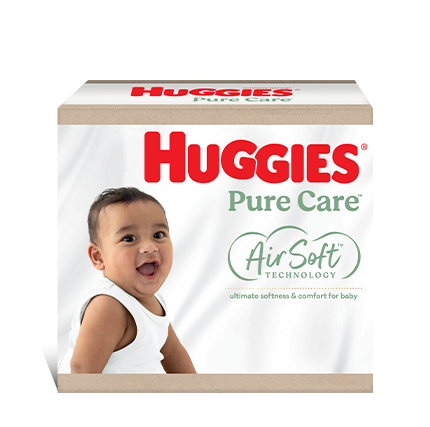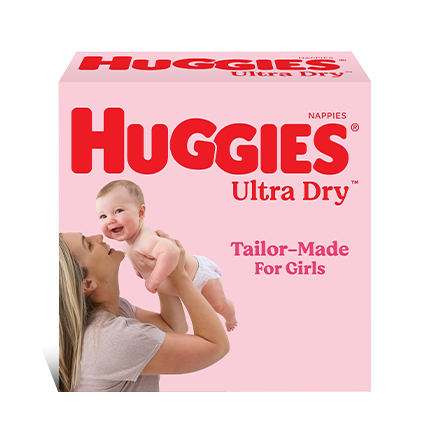When you have a baby, you have a lot to think about. Sleepless nights. How to put a nappy on. Whose eyes he or she has. What you’re probably not thinking about is how much raising this child is going to cost you. But perhaps you should be.
According to social researcher Mark McCrindle, the cost of raising children in a Australia today is higher than ever. So far, no surprises. What may surprise you is the actual bottom line of that cost: $1,000,028.93 for the average family.
Take a deep breath.
“We use different methodologies to arrive at that figure,” says McCrindle. “We look at the estimated costs supplied by the Government’s Child Support Agency, and then we take the social factors into consideration.”
McCrindle believes that the $384,543 that the Federal Government allows for raising one child to the age of 18 is woefully out of date and inadequate. “It only takes into consideration the hard costs,” he says. “It’s not wholistic.”
So McCrindle and his team went back to the drawing board, considering the consumption of children. “We looked at their proportion of utilities, costs of clothing, feeding – but we also looked at social trends,” he says. “We found that in the December 2010 Australia Bureau of Statistics report on social trends, children are financially dependent on their parents until 24 in Australia. Those who leave home in their early 20s will often return home again.”
So the team assessed the cost of raising 2.7 children (the national average) to the age of 24. Without including private school fees. And came up with the million dollar figure above.
“If it drops to one child, it’s still $557,013,” he says. “One child is proportionately more expensive than two, due to economies of scale.”
The main expenses in raising a child
In 2006, Dr Paul Henman from the University of Queensland’s Social Policy Unit conducted research into the costs of raising children in each of Australia’s capital cities. He broke the costs down into ten categories:
- Housing
- Childcare
- Food
- Energy
- Clothing and footwear
- Household goods and services (including education)
- Leisure
- Personal care
- Transport
- Health
At the time, he reported that housing and childcare were the main expenses, followed by food.
For McCrindle, in 2011 food is the dominant area of expenditure. “Housing and utilities are something we underestimate, and is the main expense if you have one child,” he says. “But if you have 2.7 kids, food is the main expense.”
The other areas where spending is definitely up are the non-essential items. “There’s a higher discretionary spend on kids these days,” says McCrindle. “We’re in an era of brand names for young kids. Parents are aware of it before children are, so they spend more, from the pram up. This is not a hand-me-down generation.”
The more you earn, the more likely you are to spend more on your children. But where you live may also be a factor. Henman reported that Melbourne, Canberra and Brisbane were the most expensive cities in which to raise children, followed by Hobart and Darwin, then Adelaide and Perth.
The other thing to consider is that the costs associated with kids change as they age. “In the first 18 months there’s a big spike in expenses and then, after two years, it flattens out, increasing slightly each year. Expenses continue to rise as children age, and then level off in late teens, early twenties.”
Raising your child on the cheap
While there are basic costs involved in having children (and yes, they can take your breath away), there are steps you can take to ensure you’re not at the top end of that figure.
Having a “future plan” in place for your finances is a good start, as is ensuring that you are getting all the help to which you’re entitled for funding your kids.
“Also, think about food waste,” says McCrindle. “Food is a huge cost in a raising a child and yet the average person ends up throwing out 500g of food per person per day. If we can reduce food waste that’s going to assist in saving costs.”
As children get older, it can also help to have a clearly defined line between “wants” and “needs” (it may be a good idea for all of us to consider this – do you need the brand name $1000 pram or will something that costs a lot less do just as good a job?). Let them know what you will pay for (say $30 for an item of clothing) and they can pay the difference if they must have the brand. Talking to them about the insidious nature of advertising and marketing may also help.
“Most parents have no idea of what they’re getting into financially when they have children,” says McCrindle. “If the baby arrived with a bill, you’d be worried – it’s daunting! But you need to keep in mind that the average household is still earning close to $3 million over the time period we considered – kids are a dominant proportion, but they’re not the whole budget!”
Last Published* May, 2024
*Please note that the published date may not be the same as the date that the content was created and that information above may have changed since.

















